Accessibility Helper - Accessibility Guidance Tool
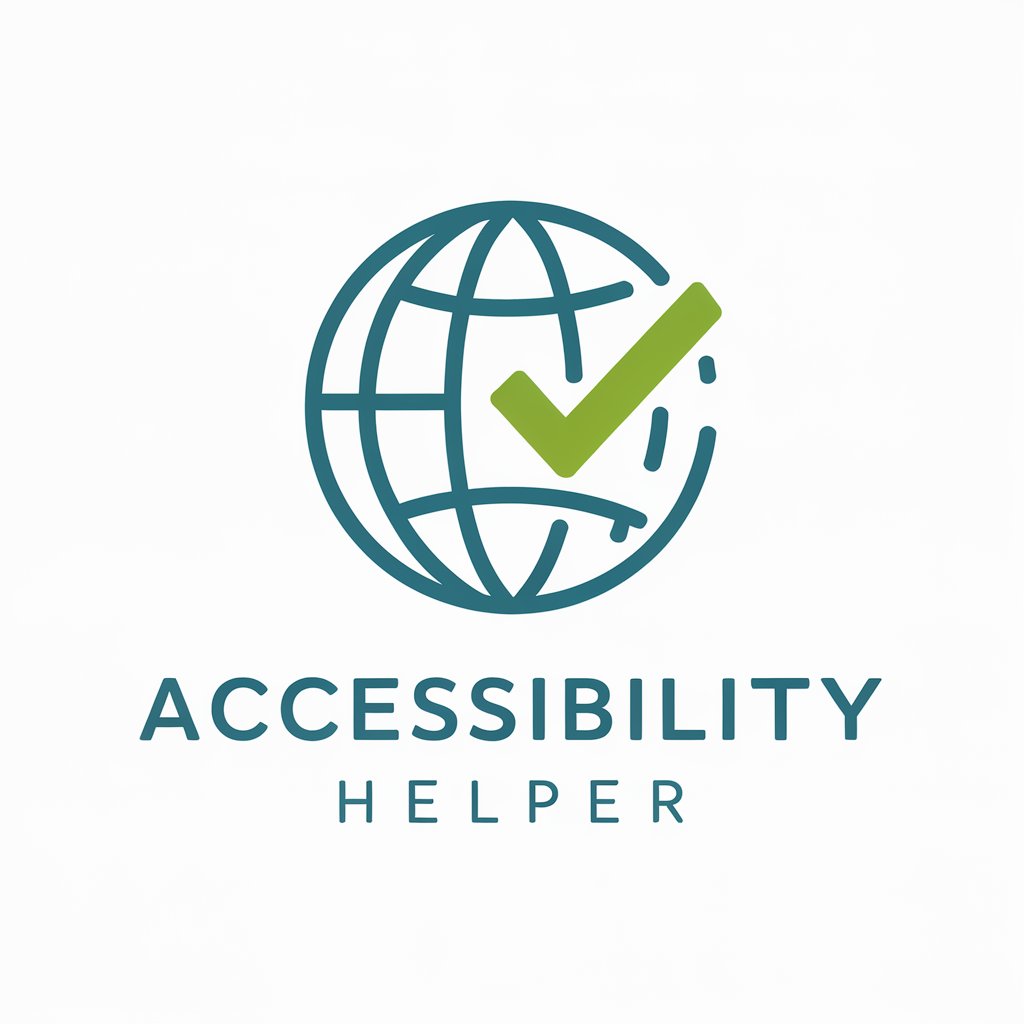
Welcome! I'm here to help with all your accessibility and inclusive design needs.
Empowering digital inclusivity with AI
Describe how to make web forms accessible for screen readers.
What are the key principles of inclusive design?
How can I implement keyboard navigation in a mobile app?
Explain the significance of color contrast in web accessibility.
Get Embed Code
Introduction to Accessibility Helper
Accessibility Helper is a specialized digital tool designed to offer expert guidance on web accessibility, inclusive design, and mobile guidelines. Drawing directly from the W3C's Web Content Accessibility Guidelines (WCAG) 2.1, and incorporating knowledge from a range of other resources including Apple's Human Interface Guidelines, Adobe's Spectrum, Shopify's Polaris, IBM's Carbon Design System, Microsoft's Inclusive Design, and the BBC's Mobile Accessibility Standards and Guidelines, Accessibility Helper is built to support professionals in creating digital products that are accessible and user-friendly for a diverse audience. It provides comprehensive advice on applying accessibility standards and inclusive design principles, ensuring digital content is perceivable, operable, understandable, and robust for users with varying abilities. For example, it can guide a web developer in implementing ARIA (Accessible Rich Internet Applications) roles correctly to improve screen reader accessibility, or advise a UI designer on choosing color contrasts that meet WCAG criteria for users with visual impairments. Powered by ChatGPT-4o。

Main Functions of Accessibility Helper
Guidance on WCAG Compliance
Example
Advising on implementing text alternatives for non-text content to meet WCAG 2.1 criterion 1.1.1 (Non-text Content).
Scenario
A web developer is designing an image-heavy website and needs to ensure that all users, including those using screen readers, can understand the content.
Inclusive Design Best Practices
Example
Suggesting design modifications to support users with motor disabilities, like ensuring interactive elements are large enough to be easily tapped on a touchscreen.
Scenario
A mobile app developer is creating a new application and wants to ensure it is easily usable by individuals with various physical abilities.
Mobile Accessibility Guidelines
Example
Offering strategies for creating responsive designs that adapt to different screen sizes and orientations, ensuring content is accessible on all devices.
Scenario
A UI/UX designer is tasked with creating a responsive website that provides a seamless experience across desktops, tablets, and smartphones.
Ideal Users of Accessibility Helper Services
Web Developers and Designers
Individuals responsible for creating and maintaining websites will find Accessibility Helper invaluable for integrating accessibility features into their projects, ensuring their sites can be used by everyone, including people with disabilities.
UI/UX Designers
Designers focusing on user interface and user experience can utilize Accessibility Helper to adopt inclusive design principles, making digital products more usable and enjoyable for a broad audience.
Mobile App Developers
Developers crafting mobile applications will benefit from Accessibility Helper's insights on mobile accessibility guidelines, enabling them to create apps that are accessible and functional across various devices and assistive technologies.
Accessibility Consultants
Professionals who specialize in assessing and improving the accessibility of digital products can leverage Accessibility Helper for up-to-date information and recommendations, enhancing their ability to advise clients effectively.

How to Use Accessibility Helper: A Step-by-Step Guide
Start Your Journey
Initiate your experience by visiting yeschat.ai, offering a no-cost trial without the need for login or a ChatGPT Plus subscription.
Identify Your Needs
Determine the specific accessibility challenges or design questions you're facing. This clarity will guide you in asking precise, targeted questions.
Engage with Accessibility Helper
Utilize the chat interface to ask your questions. Be specific about the guidelines or standards you're inquiring about to receive the most relevant advice.
Apply the Guidance
Implement the recommendations provided by Accessibility Helper into your project. This may involve designing or revising web content, software interfaces, or digital documents.
Iterate and Improve
Use Accessibility Helper iteratively to refine your work based on feedback or further queries. This continuous improvement cycle ensures higher levels of accessibility.
Try other advanced and practical GPTs
Accessibility Ally
Empower Accessibility with AI
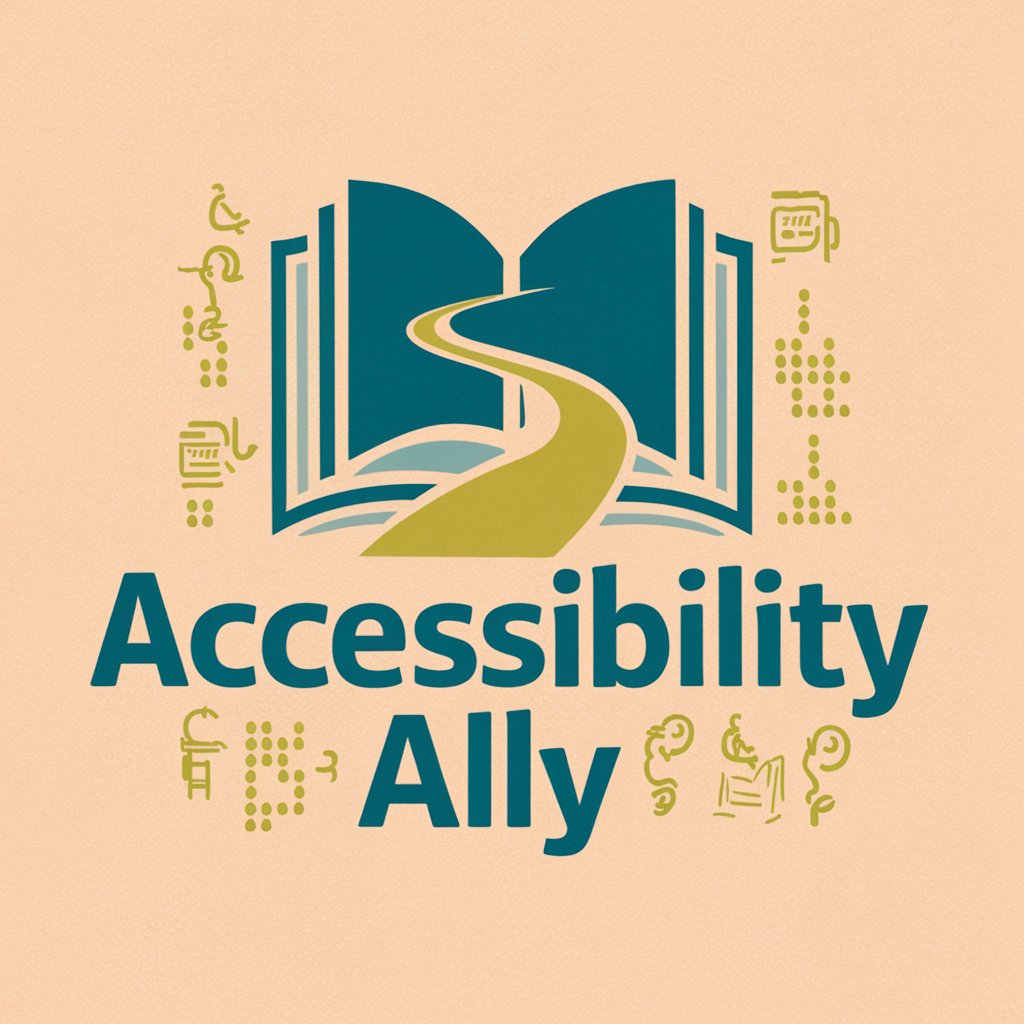
SOS Rupture
Navigate separations with AI precision
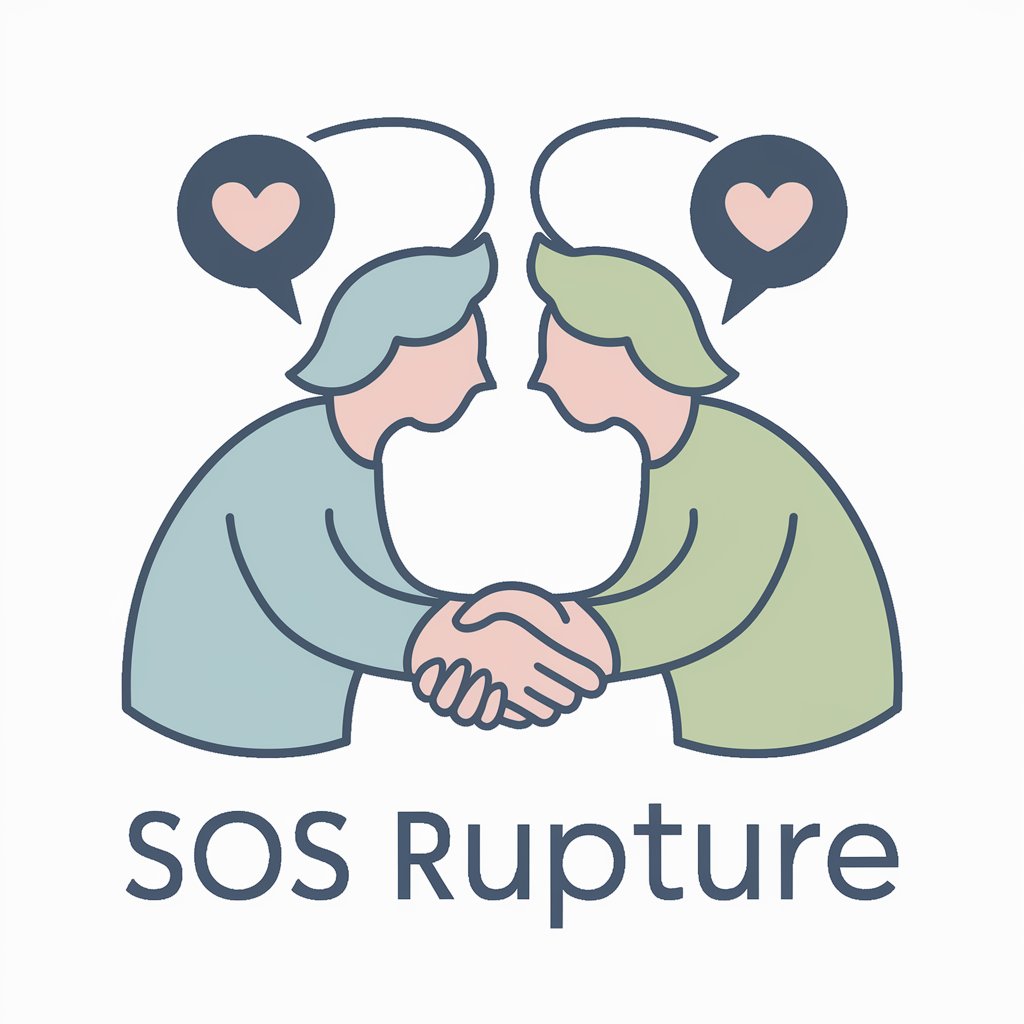
Stochastic Processes
AI-powered Stochastic Process Simulation
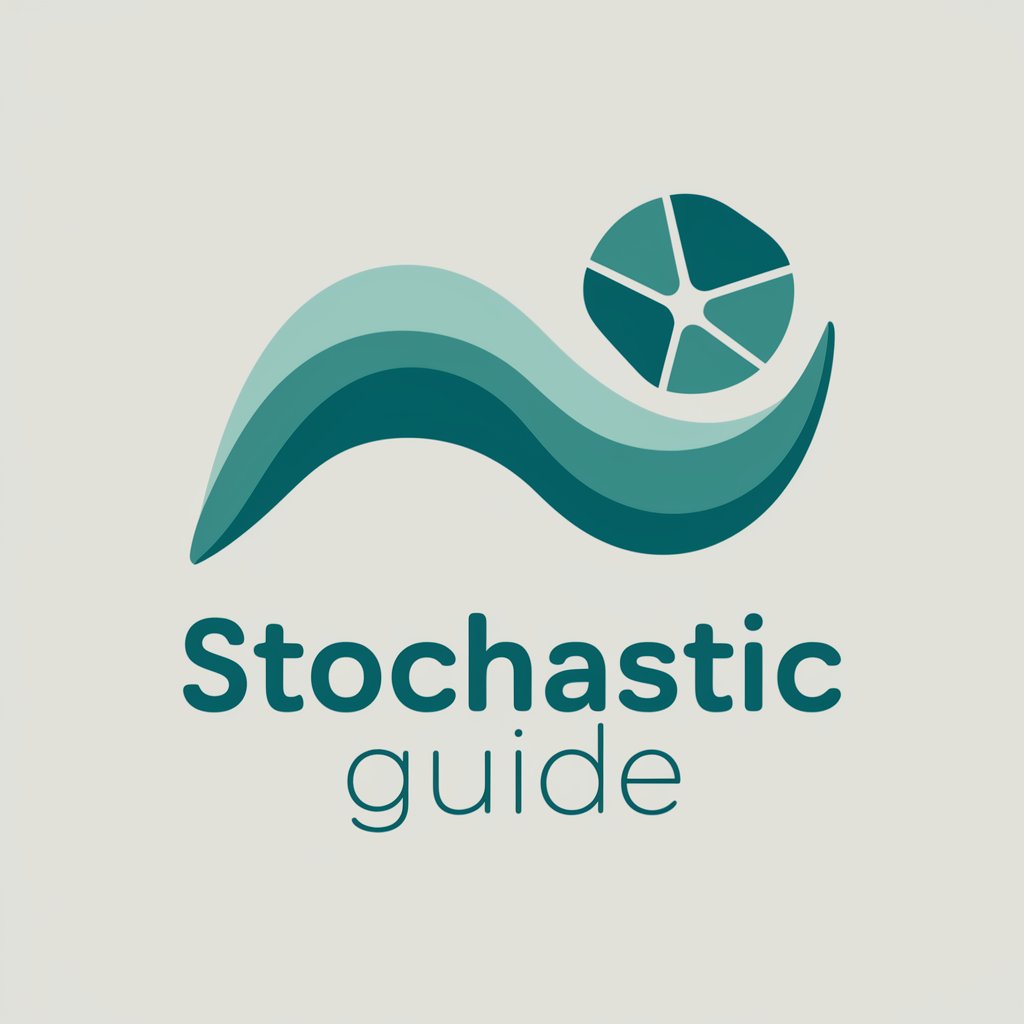
Stochastics Expert
Demystifying stochastics with AI
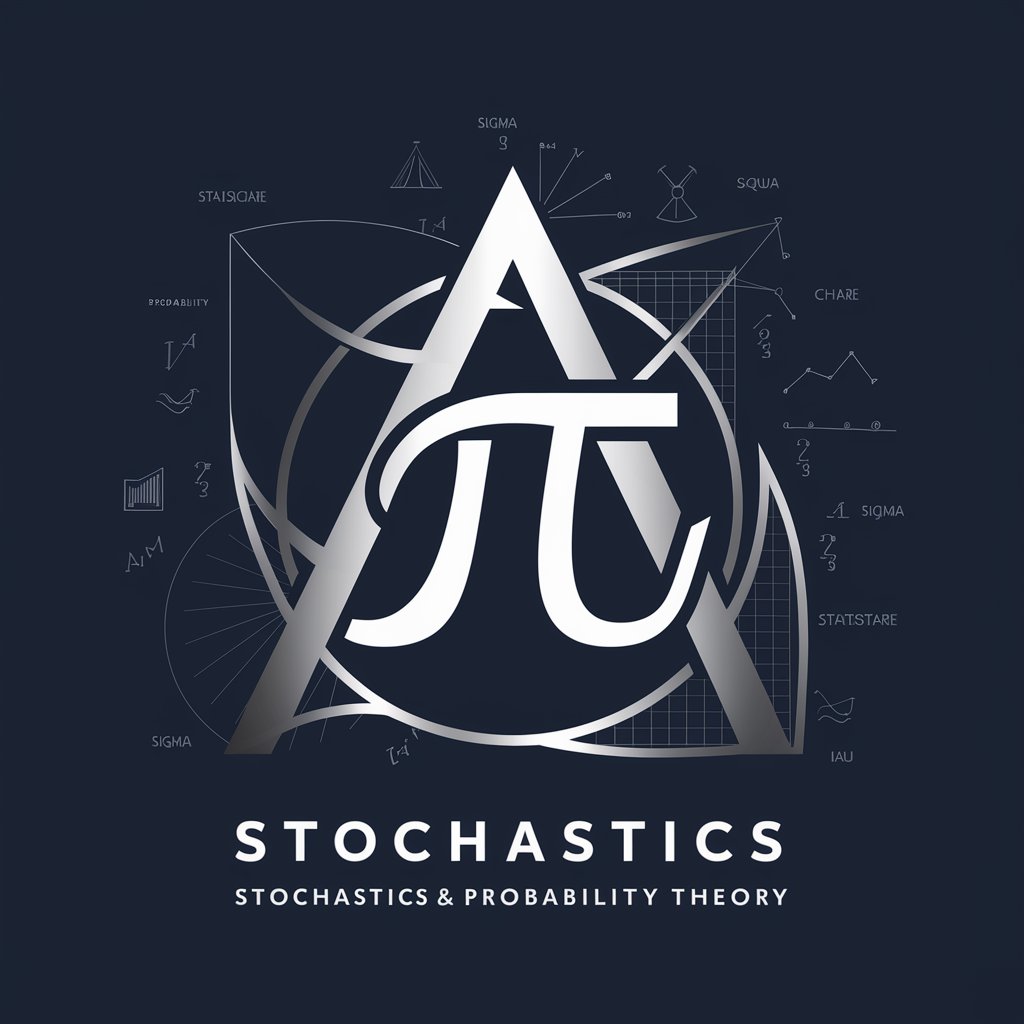
Advanced Computing Stochastic Calculus Tutor
AI-powered Stochastic Calculus Expertise
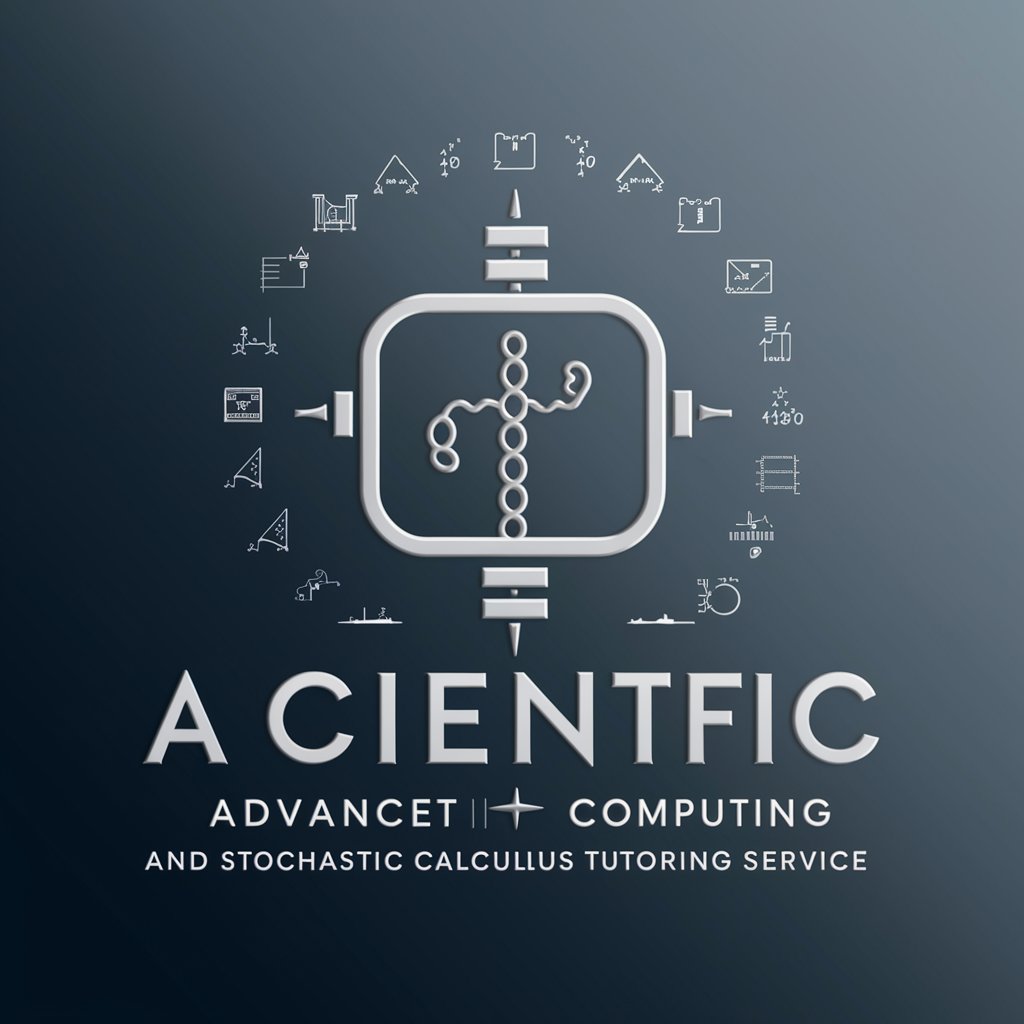
Stochastic Scholar
Demystifying stochastic processes with AI

Online Course Sales Funnel Guru
Optimize Your Course Funnel, Maximize Enrollment

Sales Funnels Guide
Build and optimize sales funnels effortlessly.
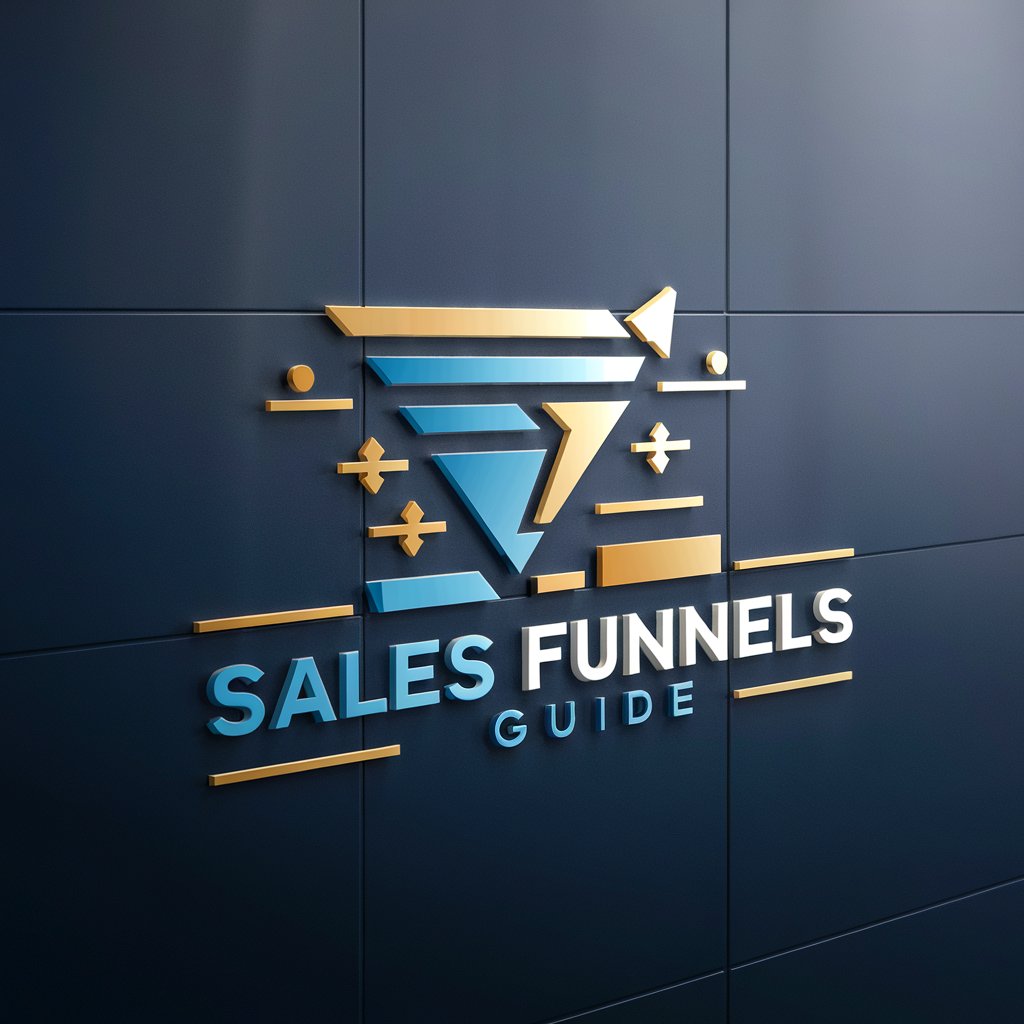
AdMaster Pro
Empower Your Ads with AI
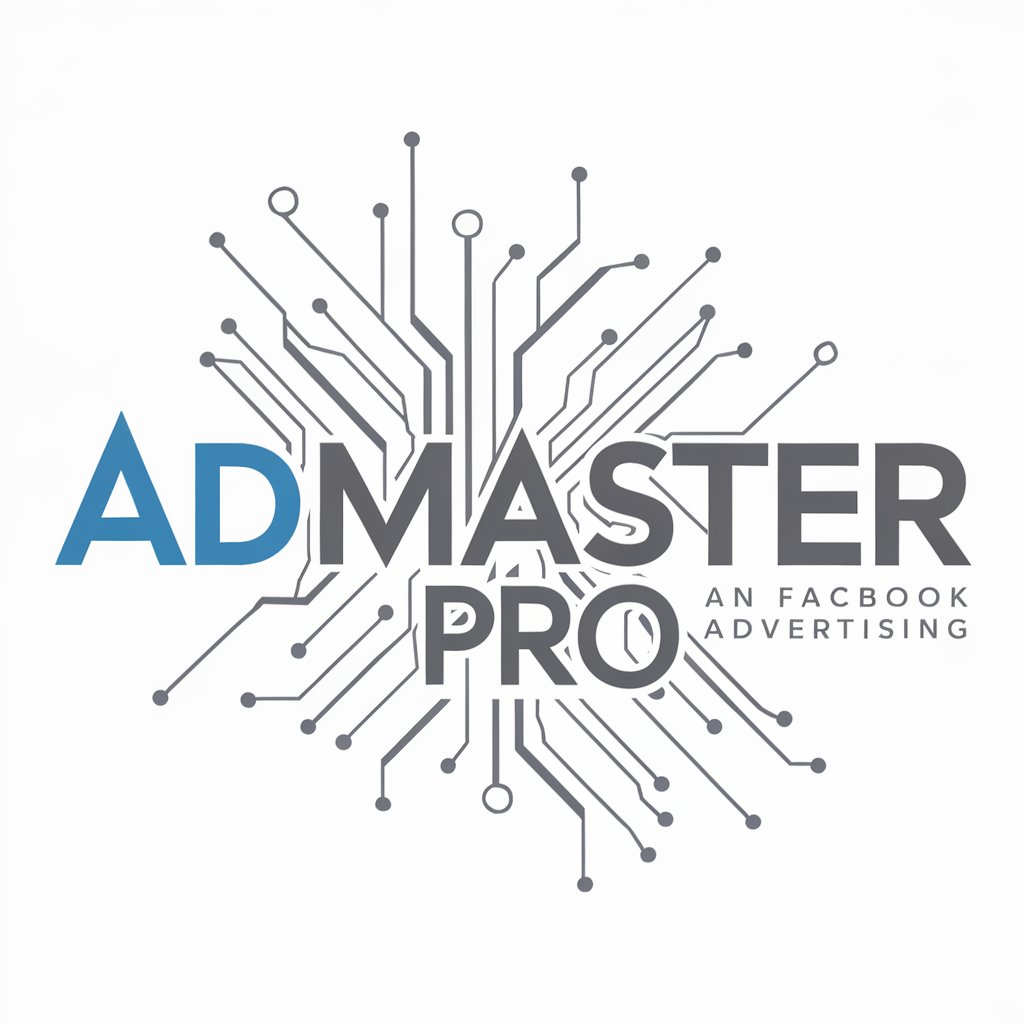
Master of Funnels
Optimize Your Path to Conversion
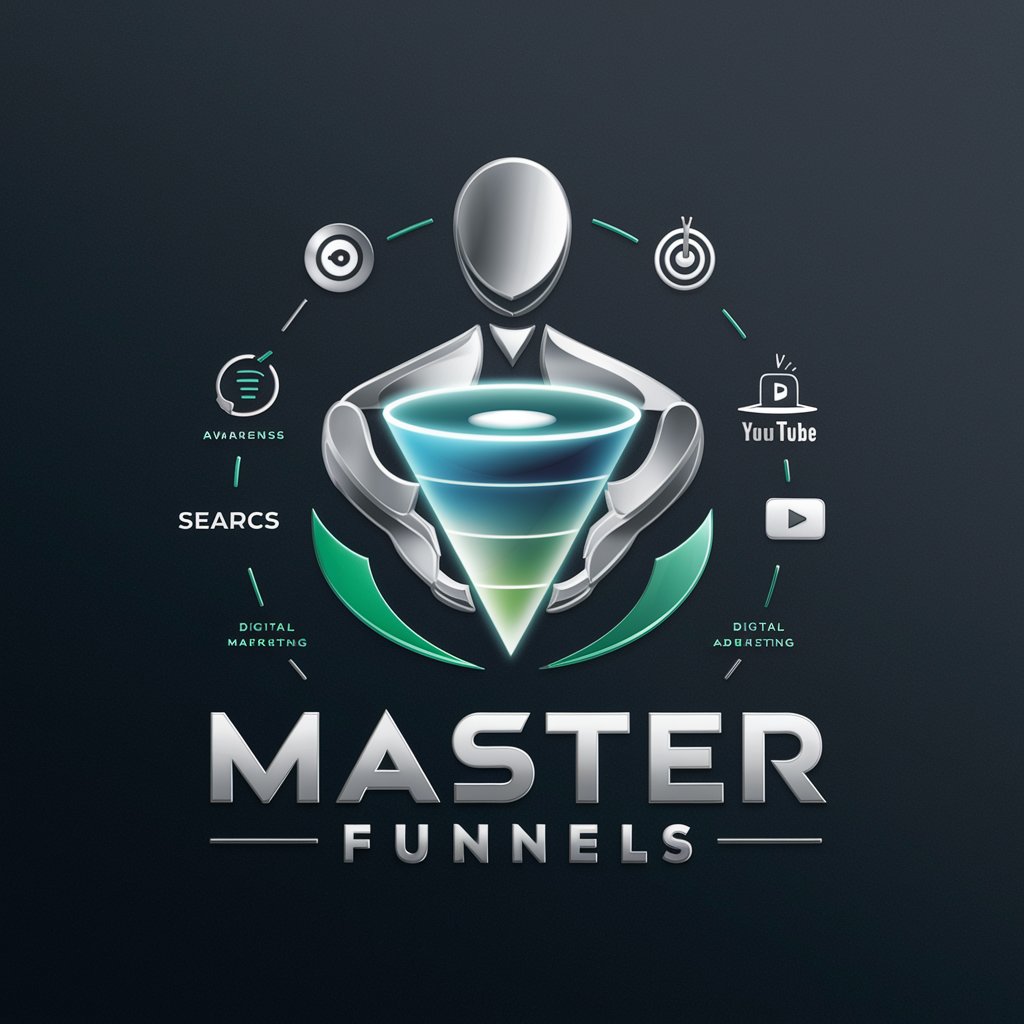
Marketing Specialist
Elevate Your Brand with AI-Driven Marketing Insights
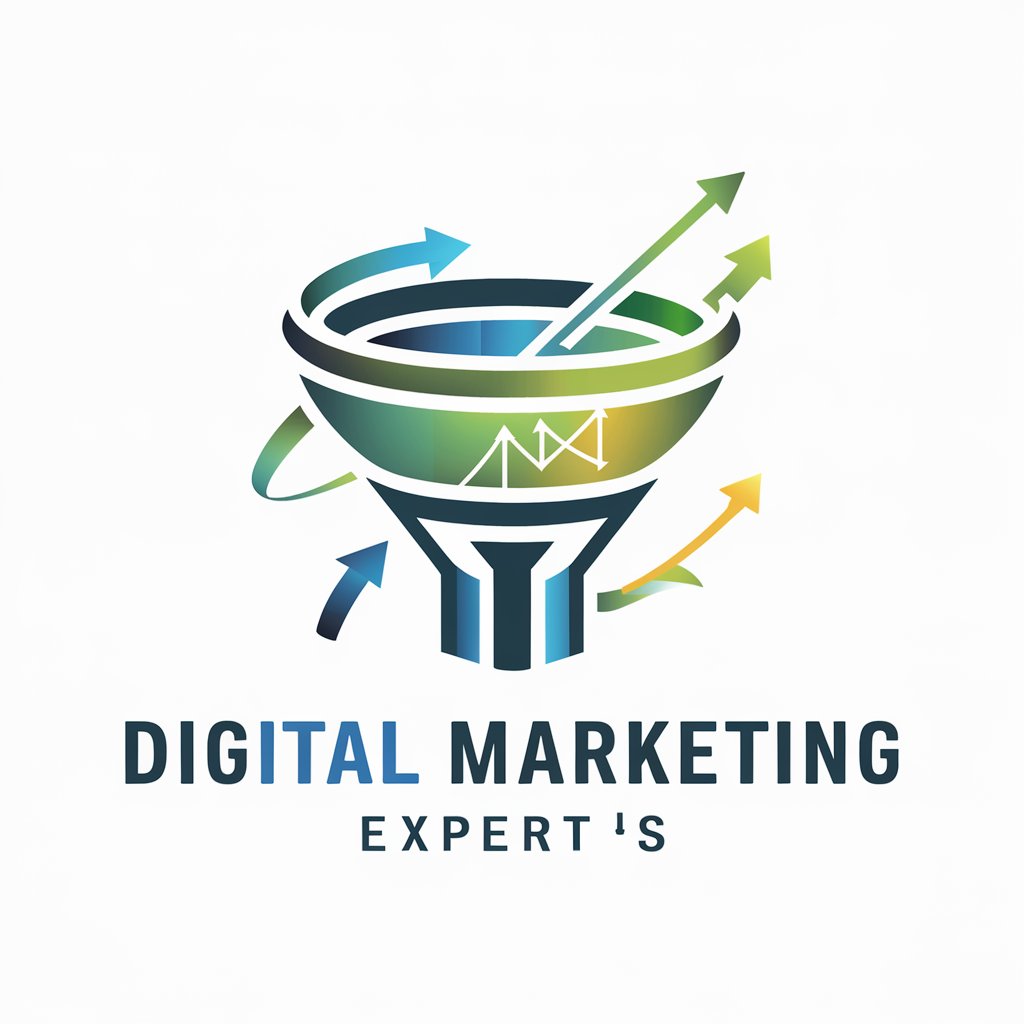
Sales Copy Pro 2.0
Empower Your Marketing with AI-Driven Copy
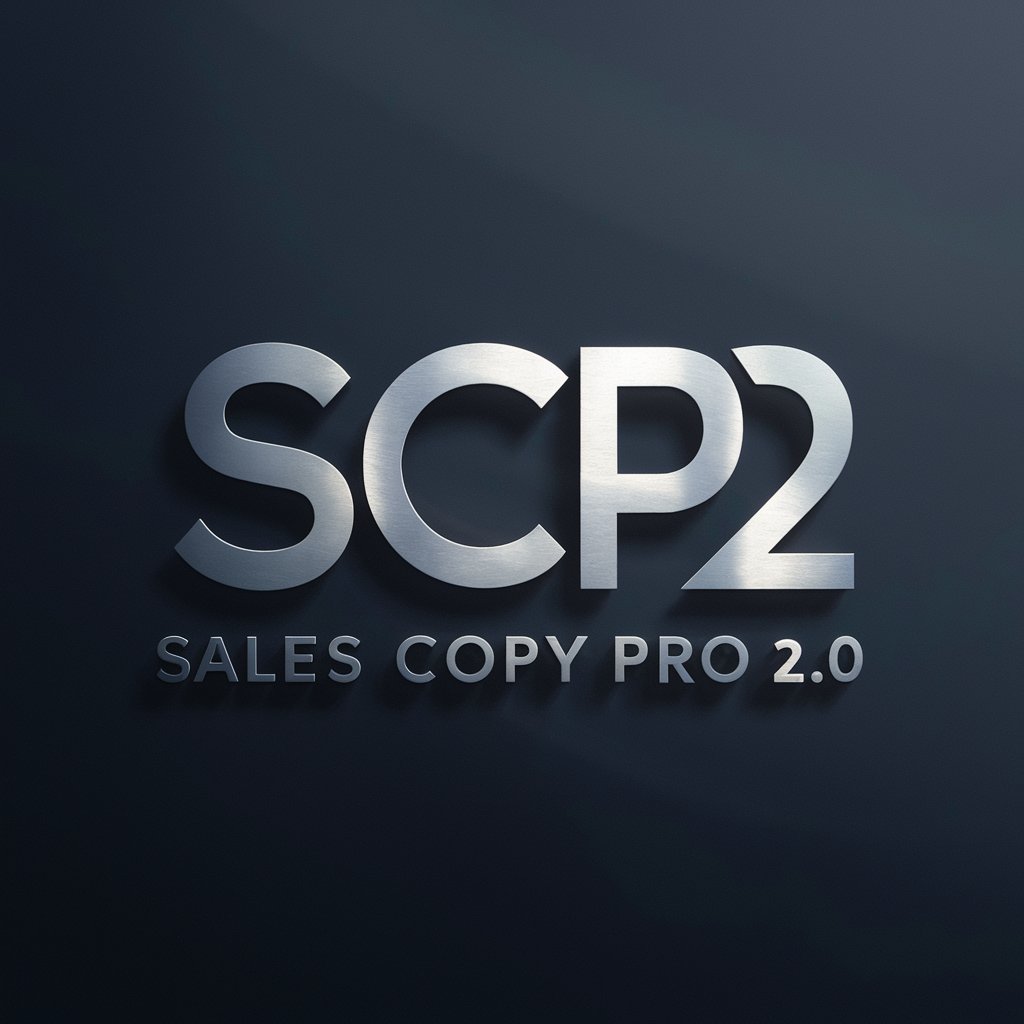
Frequently Asked Questions about Accessibility Helper
What specific guidelines does Accessibility Helper cover?
Accessibility Helper is informed by W3C's WCAG 2.1, along with standards from Apple, Adobe, Shopify, IBM, Microsoft, and the BBC. It provides guidance across web content, software interfaces, and mobile applications.
Can Accessibility Helper assist in making mobile apps accessible?
Yes, it offers detailed advice based on mobile accessibility standards and guidelines, helping developers ensure their apps are accessible to a wider range of users, including those with disabilities.
How can Accessibility Helper support web developers specifically?
It offers in-depth insights into WCAG 2.1 guidelines, helping web developers create sites that are more accessible to people with a wide array of disabilities, thus ensuring compliance and broader usability.
Is Accessibility Helper suitable for those new to accessibility?
Absolutely. It's designed to provide clear, actionable advice to individuals at all levels of familiarity with accessibility, from beginners to experts, making it a versatile tool for learning and implementation.
How does Accessibility Helper stay updated with the latest guidelines?
While it bases its knowledge on established guidelines available as of its last update, users should verify against the most current standards and resources for the latest recommendations.
